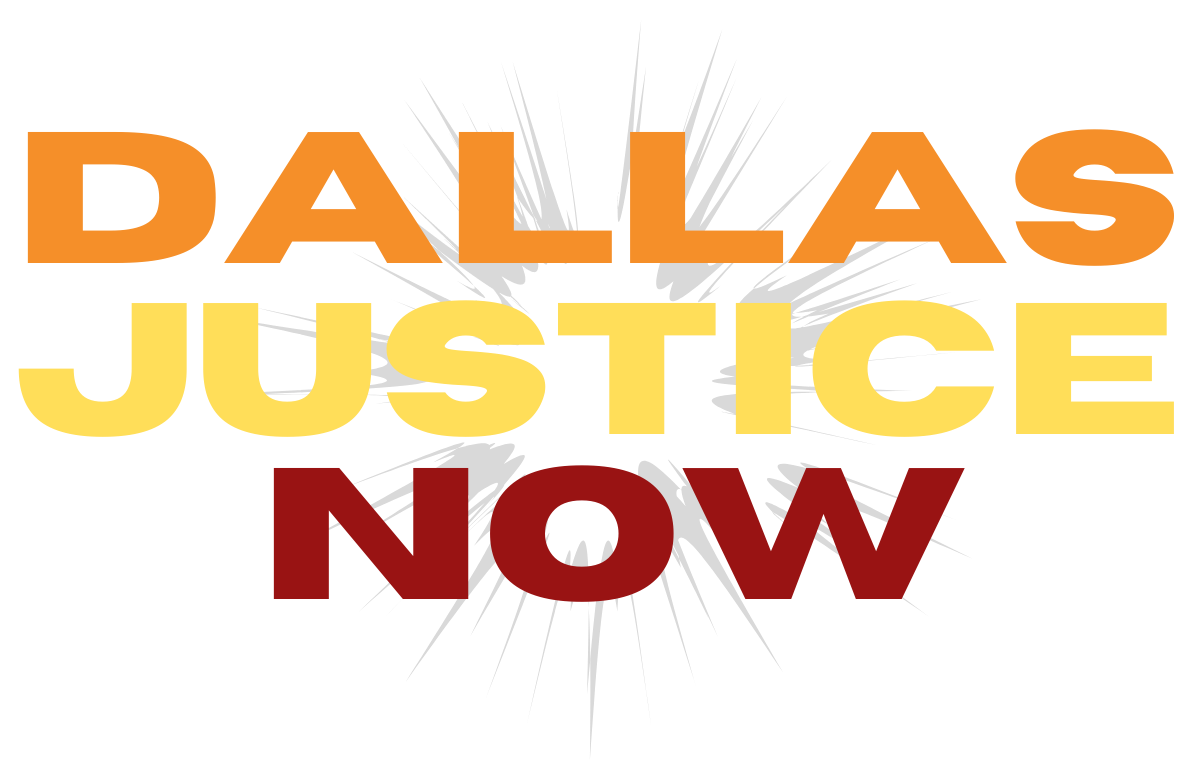Direct Action
What is a ‘nonviolent direct action campaign’?
A campaign has a clear demand with a focus on a decider who’s responsible for — or can meet — the demand. Campaigners start and sustain a series of actions that escalate as the campaign grows.
In the 1960s and ’70s, nearly everyone interested in progressive change knew what a campaign looked like. Black students walked into a lunch counter, demanded coffee, were thrown out of the store and came back again and again, often escalating by adding picketing and boycotts. In short: a demand, a decider (the store manager), a series of actions, escalation.
Racial minorities, students, elders, differently-abled people, workers, LGBTQ people, environmentalists against nuclear power: They knew what nonviolent direct action campaigns were and often used them well. “Demand something, target the entity that can yield the demand, do a series of actions, escalate and grow.”
Direct action campaigns were the engine that built powerful movements that changed the United States to the point that the economic elite became alarmed. The 1 percent then launched its counter-offensive, officially by President Ronald Reagan in 1981. The Democratic Party did its part in the counter-offensive by co-opting as many of the movements as it could, the Democrats pleading that the ballot box was a better technology for change than nonviolent direct action campaigns.
The actions that campaigns did were called “protests,” supporting confusion between one-off actions and genuine campaigns. By the 1980s the mainstream media had coined a new, condescending meme: “protests vaguely reminiscent of the ’60s.”
I can’t simply fault our opponents, their allies and the mainstream mass media for the disappearing concept of “direct action campaign.” Most of the movements themselves, previously winning, shifted in the 1980s to a defensive strategy, trying to retain the gains they’d already made.
Defense is a loser’s game. Labor lost ground, as did civil rights, women and environmentalists. They had to lose, because as football coaches and generals (and even Gandhi) could tell you: Defense is for losers.
(Some interesting thoughts on the history of direct action and why it is still helpful today from https://wagingnonviolence.org/2019/11/direct-action-campaigns-how-we-win-workshop/)
